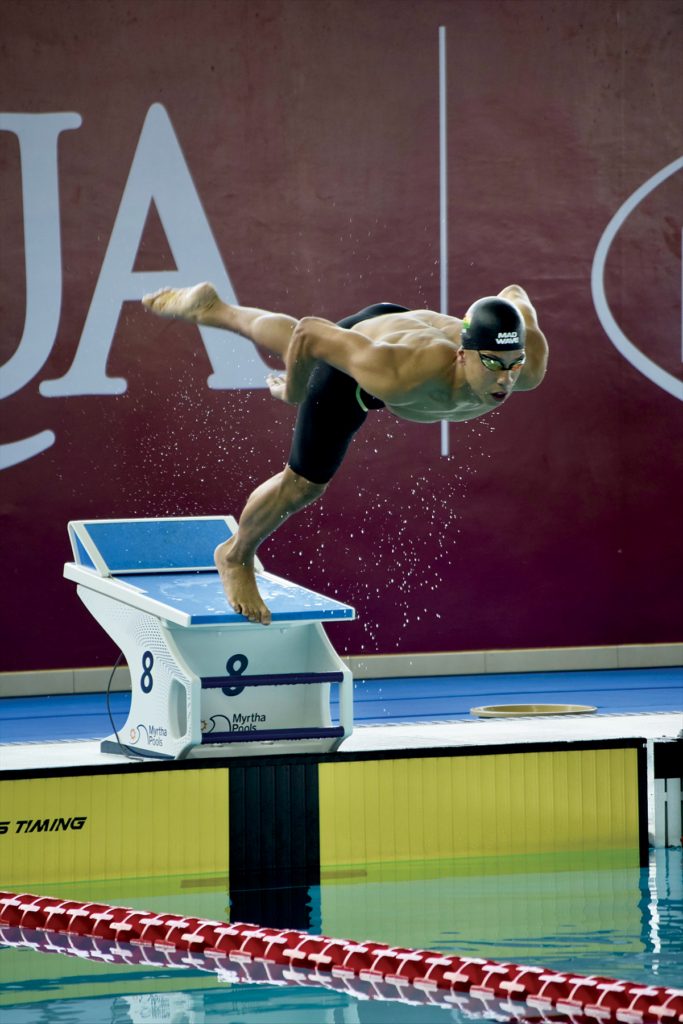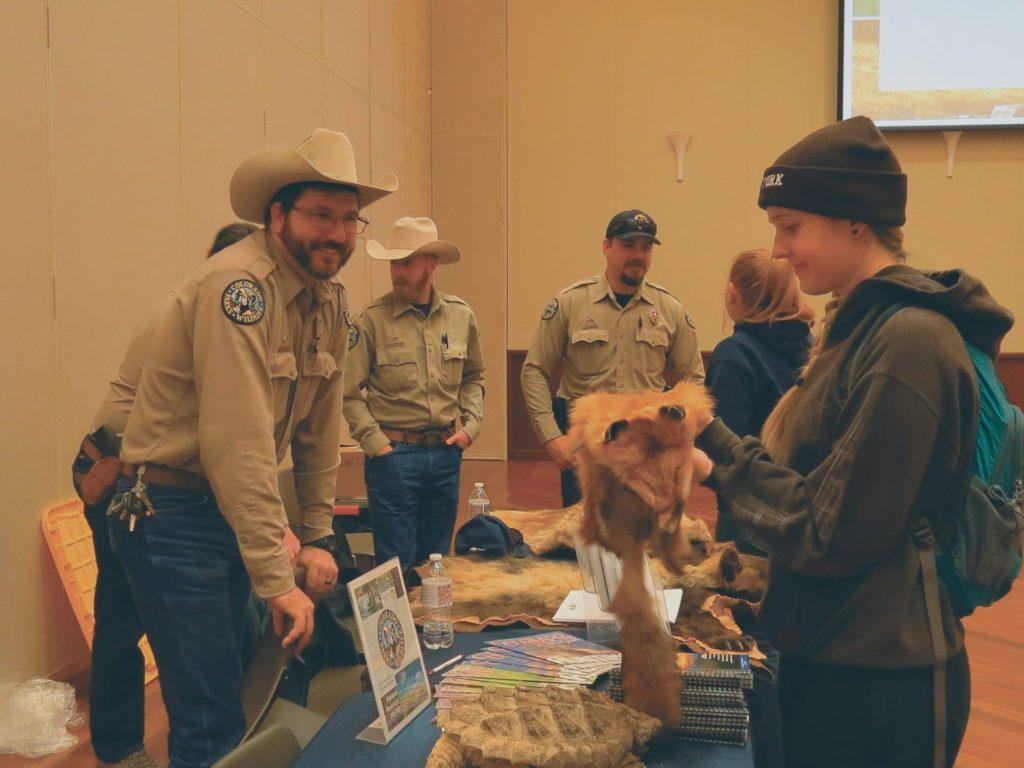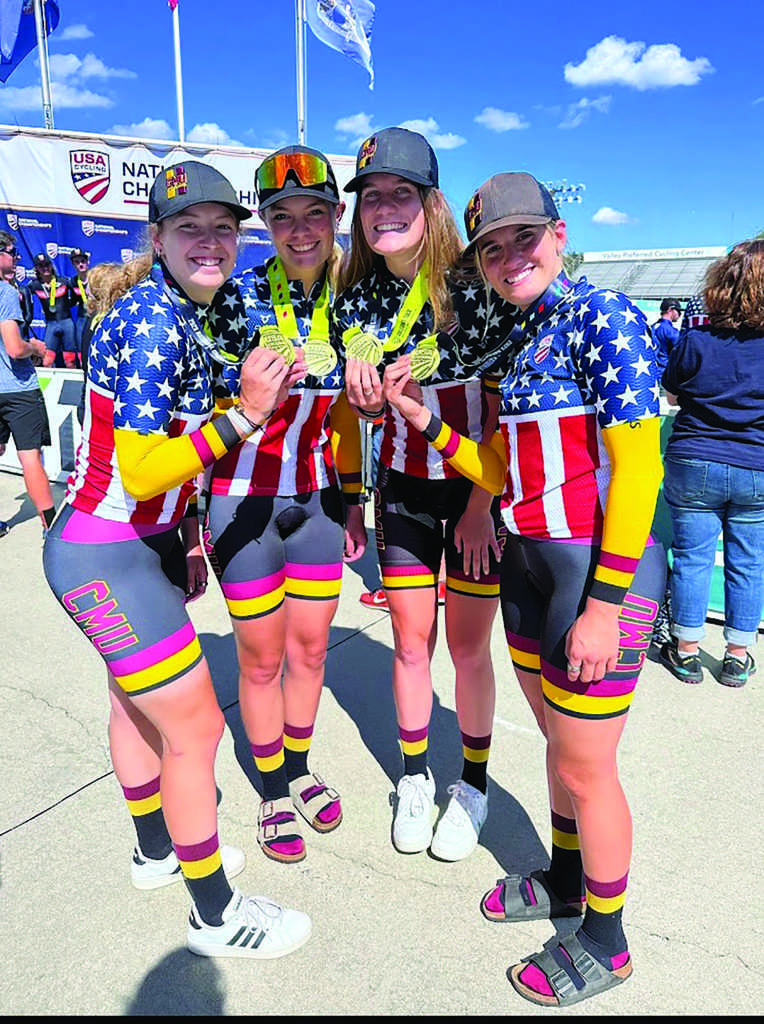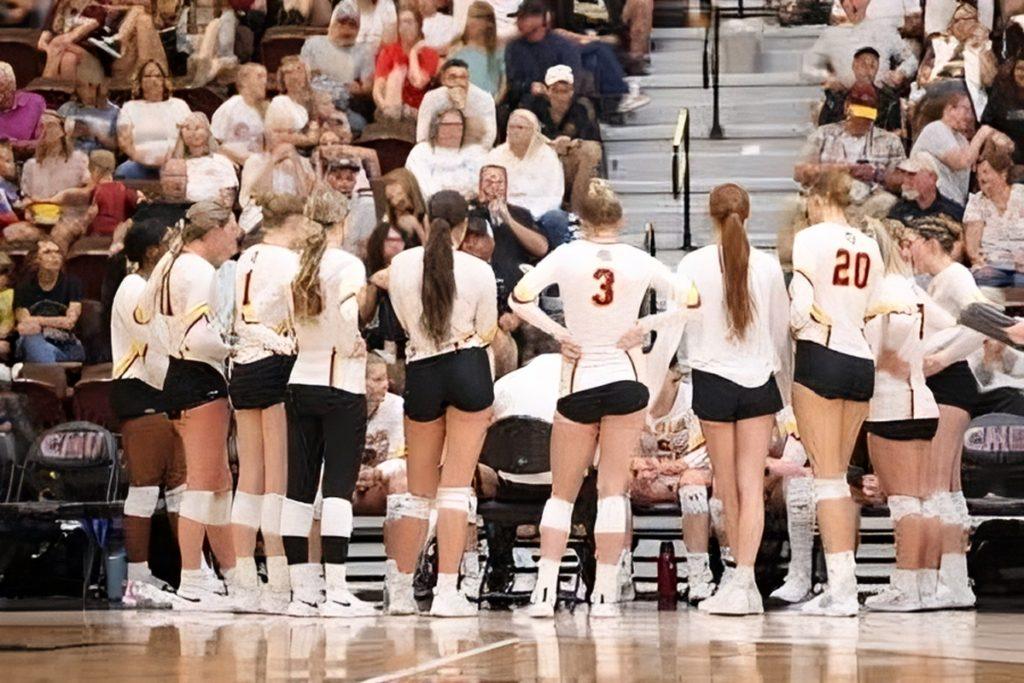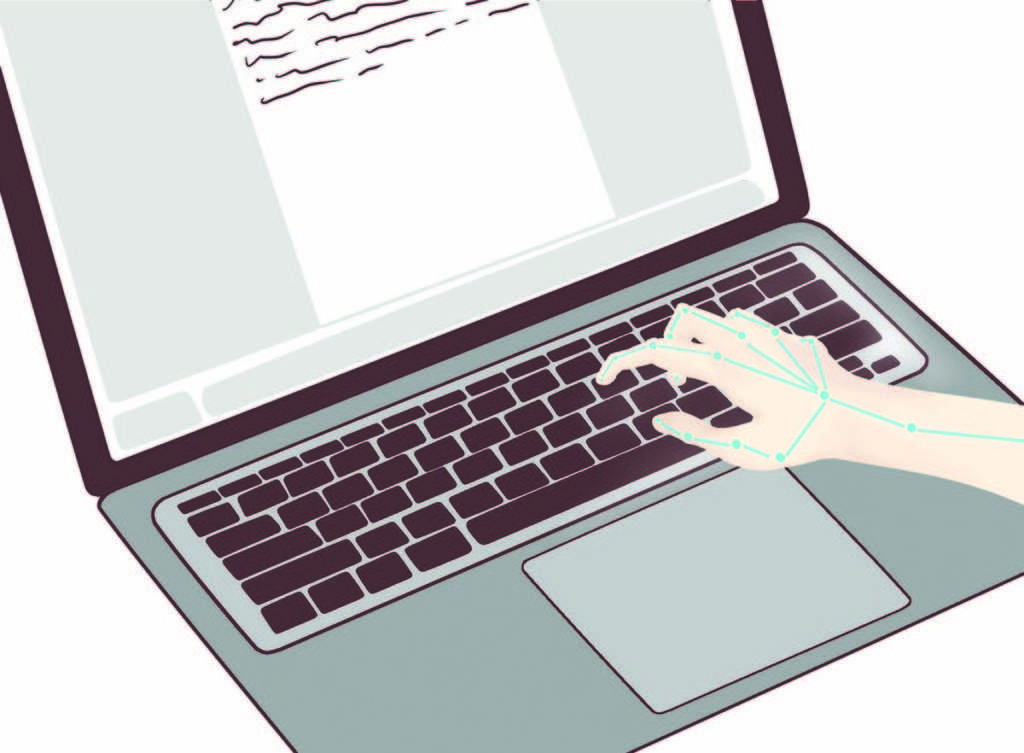- Where did you get your education? What major did you graduate with? “I was educated at the University of Colorado, Boulder and I grew up in Boulder. I went there for my undergraduate degree. I started out as a journalism student for news ed and about half way through, I decided that wasn’t creative enough and went to advertising. Then, at the same time, in a really short period time, I realized advertising wasn’t for me either. I just wasn’t the type of person to really want to sell things. I had taken so many history credits at that point and I went in for a double degree. I have a B.A. in History and B.S. in Mass Media.”
- Where was your first job? “My first job was with one of the newspapers in Boulder, and it actually is not around anymore. It was called Audience Magazine. It was one of the entertainment magazines that was a sister publication of The Colorado Daily. I came back to school (U of CO, Boulder) to get my master’s degree in history, got married and had children. It was a lot but I stuck through it. I got my masters and PHD at CU, Boulder. That’s not very common, getting all your degrees at one school, but I stayed because I had a family.”
- How long have you been teaching at CMU and what made you move out to Grand Junction? “When I was a graduate student, I was teaching courses at CU Boulder and I also taught night classes at Metro State in Denver. I finished up my degree in 2002 and that spring one of the professors here, at that time we were Mesa State, sent over a request to CU Boulder to see if anyone was interested in coming out to Grand Junction as a lecturer for a temporary basis. I didn’t have any guarantee that I would be here for the long run. I had a good feeling about it, and I came and interviewed with the same process as anyone else would to be faculty. I lectured students, department members and I met all the people that I needed too within the college system. I started in the fall of 2003.”
- What is the process of planning/setting up the annual CMU Holocaust Awareness Series and how did it begin? “When I got here in 2003, I had it in my mind that, I am a lecturer and I might be here for a year or more than that, but dang it I worked a long time to earn my degree. I wanted to do the things that professors do and part of it is to focus on learning that’s not just in the classroom. In January of 2004, I met a professor, who helped shape all my understanding about modern history and especially modern German history. He and I were very close and he died. He had been part of the putting together the Holocaust Awareness Series on the CU campus, because it’s a huge campus and there is stuff going on every month, all month like with events like that. He worked with the Hill organization there and ran the series.
After he past, I wanted to talk to some of my colleagues and see if we can get something going, let’s see if we can get three or four seminars and set some ground rules. It must be interdisciplinary; I don’t want it to just come from the historical point of view. It will be focused on the Holocaust and conversation must be part of every presentation, there must be a question and answer period. I pulled in three or four of my colleagues, I think we had four presentations, and that was the first Holocaust Awareness week in 2004. I do it in April because that’s right around the time Holocaust Remembrance Day is and the beginning of April is kind of that sweet spot when students are getting off for spring break but before everyone’s focus is on finals. I started working with the mass communications department and getting the mass communications 450 public relations class and have them work with me to do the PR because I had done it all at the beginning but it was a lot of work. They help me with getting the word out, getting instructors who are willing to present, shaping and organizing it, and getting it into a schedule. They help me every single year. I go into their class every early spring, do a presentation and present myself as any businessman that needs a public relations campaign. Five years in, I made the next step, which was a big one. Back when I had been at CU Boulder, they had built a field of flags. What the field of flags basically is that they are all these different colored flags that represent the different groups that were targeted by the Nazi’s. The Jews, of course were the largest component and that is where the focus of the genocide was. I felt it was important for people to understand the broader concept of that. I worked with the LGBTQ group and they were the ones who got the donation of the flags from one of the local businesses. We got volunteers and we figured out how to construct that field, the first year and we did it again the second year and continued to today. The third year was a bad year; the program was great but for some reason we couldn’t get people to come out to volunteer. That year, it was me and two other students. We started at 1 p.m. on Sunday and we had to use flash lights at the end because there were 2500 flags. Every flag represented 5,000 deaths. I didn’t bring gloves, my fingers were all chewed up and I actually lost feeling in several of my fingers. It was too much to get all those flags into the ground. The next year, and since then, we have always had enough volunteers. We have an average of 20-25 people volunteering. Some years it’s a little bit leaner than that. Usually it’s a fairly good number. We will be doing that again Sunday (4/9) at 1 p.m. At one point, the series got massive. I was doing one presentation every night and we got two and half weeks of presentations. After that we decided to rethink it. We stopped calling it Holocaust Awareness weeks and started calling it Holocaust Awareness Series, and then we just kept it in one week. At about seven years in, we made one other change. We made the decision to not have it just be about the Holocaust but about other genocides. We now were intellectualizing this differently, we wanted to talk about the whole notion of modern genocides, especially as information was coming in about what was going on in Sudan. We recognized that it comes down to the issues of toleration and diversity. The interesting things is that every year, I go through interviews. The media comes in and they want to interview me, especially when the field of flags goes up and almost every year I get the same question, “Why Grand Junction?” My answer back is “Why not Grand Junction?” The issues of prejudice here are unreal. To me we need this everywhere and we need it more than ever with everything going on in the wider world in terms of alternative facts, what is the truth and what are the dangers of nationalism? I am always interested in, where does that slippery slope begin? Once you are on it, it’s too late to recognize what the dangers are. When we organize this, I send out a call for seminars for conferences and that goes out to the community, then we see what comes back. 2 years ago, we had a Holocaust survivor and it was extremely successful. We filled up one of the ballrooms in the University Center. We had over 500 people attend. We are in the initial stages of trying to bring in another Holocaust survivor next year. They are disappearing, so I think next year could be the last time to bring in a survivor. Over the years I have brought in 4. This will be the 14 annual of the Holocaust Awareness series.”
- What is your favorite era in history? “Ah! Well, the early modern period! I am an early modern historian, which means that my research especially focuses on the period between the Black Death in 1350, all the way up to the French Revolution. That’s where my research is, but my teaching is all over the place. I teach a bunch of different courses. I am the early modern historian for campus and I am also the English/British historian for campus.”



